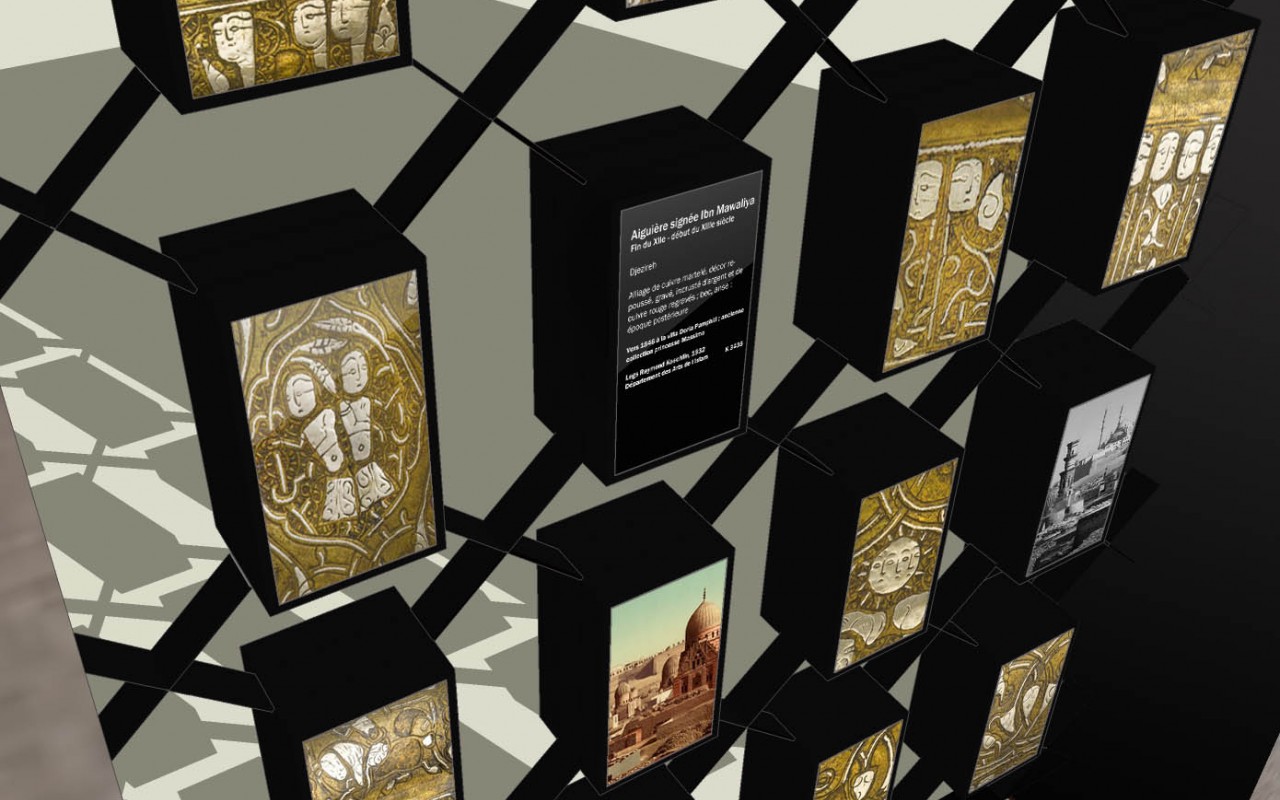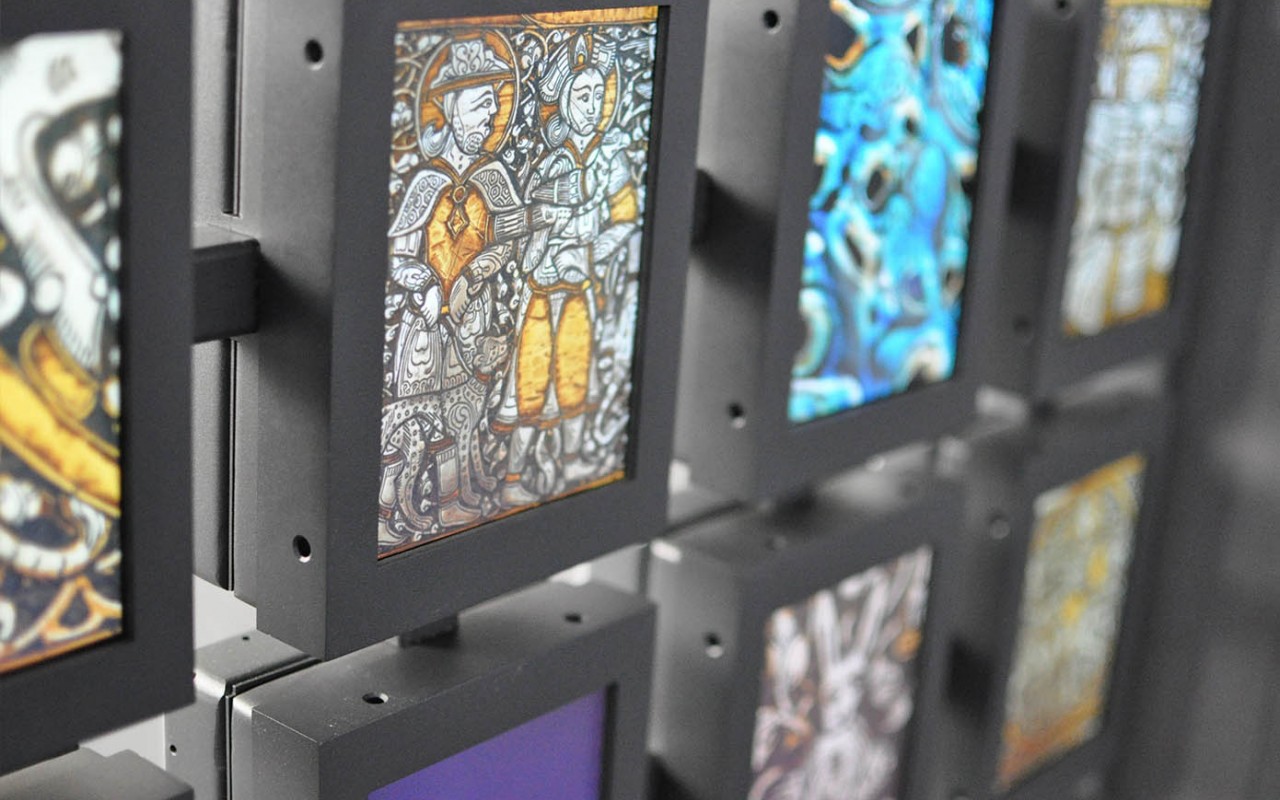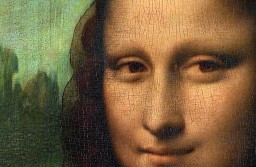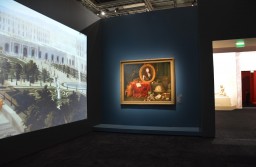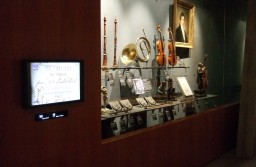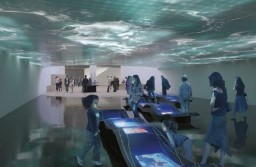Islamic Art
Definition, design and completion follow-up of the multimedia installations for the permanent exhibition of the Islamic Art Department.

In 1893, the Louvre museum opened its “Muslim art” section, and in 1905, the first room dedicated to the Islamic collection was opened in the Department of Decorative Arts. The Islamic Art section would become a department in its own right in 2003 in the Richelieu wing.
These spaces were later closed to the public in 2008 in order to complete a detailed inventory of the collection and undertake a major renovation project.
Since the project began, the Louvre museum had planned to rerelease the pieces in the newly renovated space along with an ambitious mediation system accessible to all. The aim was to provide an intellectual and esthetic discovery experience that was stimulating in terms of knowledge and interactive in terms of its design, taking visitors on a journey to the center of Islamic arts and civilization.
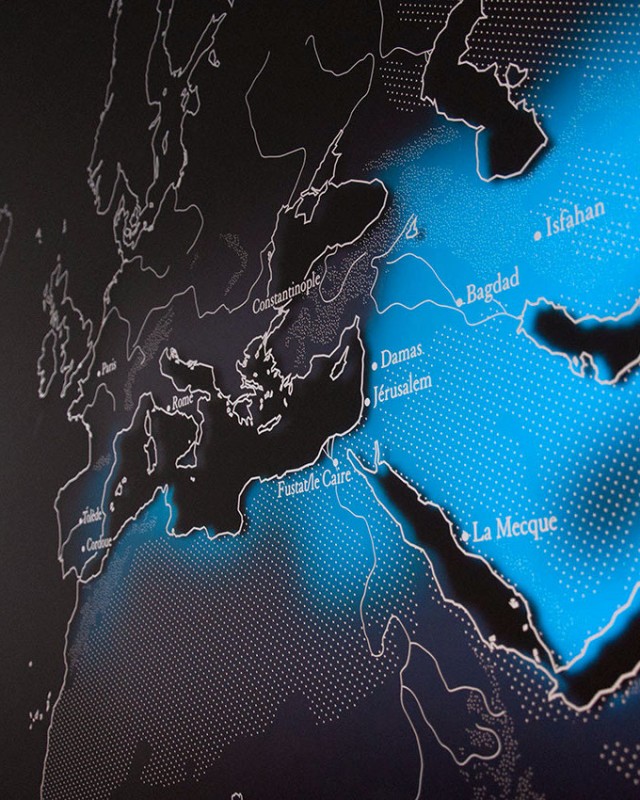
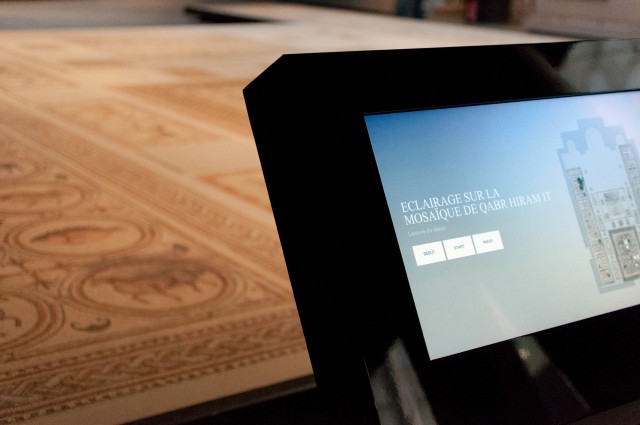
In 2007, the Louvre museum invited Reciproque to oversee the initial design of the multimedia program.
Over a six-month mission, the Reciproque team worked alongside the department director, curators, and the project management team to establish a multimedia mediation blueprint. The team of consultants drafted a summary and the fundamental principles of the mediation tour (devices as part of a series and stand-alone devices, introductory and closing images, audio stations, tactile devices, etc.) as well as the digital mediation project requirements.
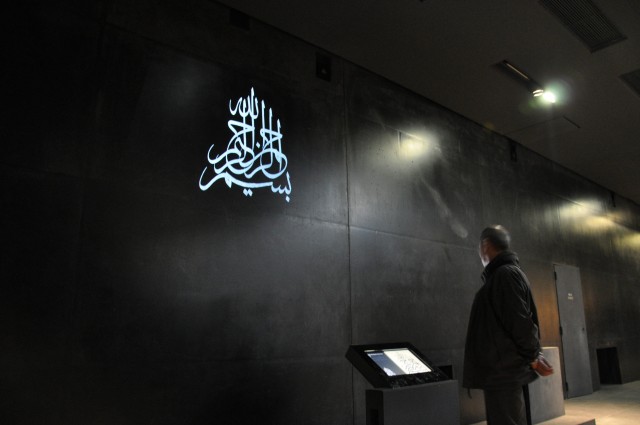
In 2008, Reciproque, in close collaboration with the teams from Labeyrie & associés (consortium leader), supported the project manager and museum departments to provide a functional design, create prototypes, engineer equipment with the project management team, and to coordinate and allot the multimedia project. The audiovisual and interactive programs were completed by Uzik and Opixido. Axians provided the technical setup and audiovisual services.
Since September 2012, the new spaces designed by Rudy Ricciotti and Mario Bellini have housed the department collections and mediation program.


